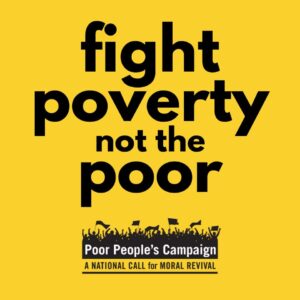Hot Evaluation
Let’s look at the results generated from the first 6 months of the latest version of Wausau’s Homeless Outreach Team (HOT), presented to the City’s Public Health and Safety Committee recently.
This is based on their assumption there are 30-50 unhoused Wausonians.
20 have been engaged with by their outreach specialist.
Of those twenty, four have been “successfully housed”.
That would mean 25% of the people engaged with found a place while only 13% of all unhoused did, using the number 30.
There is no mention of the number of engagements with clients.
There is no information about how long their clients have remained housed.
There is no feedback from the unhoused clients themselves provided in the report summary.
This report prompts many questions:
- Where does the number 30-50 come from, when a record 180 sought shelter last winter? Add to this number those who couch surf or live in their car. Add those of the 550 waiting for subsidized housing that live between places. It’s impactful that 48% of the entire Wausau population lives at/below the ALICE threshold of poverty. There are a lot more than 30- 50 unhoused in Wausau.
- What does “successfully housed” actually mean? Is it that one has been given a space with a mattress, plus or minus a shower curtain? For how long should one stay in a place before we can call it successful- 1 month, 6months, one year? Is “success” a self-report of the housed people stating their home placement was a positive experience?
- Do we have any sense of how other agencies have been called upon by the clients themselves to address basic needs not provided by the group placing them in a space, like a shower curtain? It is not a problem of duplication of services. It is a lack of quality service.
- How many encounters with a client are needed to develop a trusting relationship- the foundation upon which any successful interaction is based? Is it more than one or two?
- Does the City Council find these results acceptable?
Project these results in a year from now. Best case scenario – just thirty unhoused people, total. 8 of the 20 on caseload have now been housed, including the four who were housed the year prior.
That’s 40% success, with thirty assumed unhoused. We are unable to project how many have remained housed because of the absence of such data from the HOT report.
Now, compare this approach to one adopted in Hennepin County, in Minnesota, a cold climate similar to ours. In less than two years they found housing for 464 of 540 unhoused citizens, that’s 86%. After two years 97% of them remained housed!
What makes the difference?
It’s not the sincerity of those directly providing the outreach, or the willingness of the clients to accept it. It is not that Hennepin County sold out to intimidating police action, exceeding the national average of citations or jail recidivism of their unhoused.
They got serious in devoting 40% of ARPA funds to develop a multilayered plan to address housing and homelessness. They hired one social worker for every 26 unhoused clients to address the complex psycho-social-medical issues contributing to homelessness. The County bought and developed properties into mixed housing options.
We can learn how to develop a successful plan to seriously reduce homelessness while creating more affordable housing to prevent it. From examples such as Hennepin County we can more clearly define and create housing security for our fellow Wausonians. We will all benefit from the eradication of homelessness.
The traditional approaches of the City’s Homeless Task Force, Police, and charitable behemoths like the United Way have proven inadequate. Quarter -measures and carrot and stick tactics don’t work for the unhoused. We don’t have to settle for this as a community.
When there’s the will to treat people like human beings there’s a way. The money is here. Models exist.
We can act now, and decisively.
Demand this from your elected officials.
Bruce Grau
WI Poor People’s Campaign Northcentral Chapter

